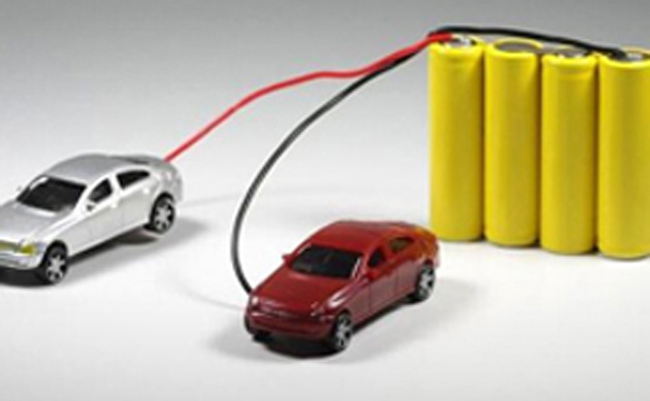Since the outbreak of the epidemic, online fresh food business and frozen food in supermarkets have been able to sell well, and the demand for important livelihood products such as fresh agricultural products has increased, bringing rapid development to cold chain logistics. However, due to strict epidemic control and transportation restrictions, many local agricultural products have experienced sluggish sales. Solving the problem of supply-demand imbalance is becoming more urgent.
On February 14th, the national government launched the construction of cold chain logistics facilities for agricultural product refrigeration and preservation
"The COVID-19 has a relatively heavy impact on family farms and farmers' cooperatives. Local governments should combine the construction of cold chain logistics facilities for cold storage and freshness of agricultural products to be launched this year, use the agricultural production development funds arranged by the central government, increase support for family farms and farmers' cooperatives, focus on improving field cold storage facilities, and constantly enhance the elasticity and risk resistance of agricultural production and supply."
Benefiting from the changes in consumer habits caused by the epidemic, fresh food e-commerce has experienced a major outbreak.
The closed management of residential areas has promoted online consumption, especially for fresh food products. Some fresh food e-commerce platforms have achieved several times the growth compared to previous years. With the advancement of technology and the cultivation of consumers' habit of purchasing fresh food online, coupled with the impact of the epidemic, the penetration rate of fresh food e-commerce is expected to accelerate upward. The growth of fresh food consumption will also drive the entire logistics industry to increase investment in cold chain transportation, warehousing, and other aspects, and the cold chain industry is expected to continue to maintain rapid development.
However, both the development of fresh e-commerce and the supporting cold chain logistics currently face certain obstacles. From the perspective of fresh food e-commerce, during the epidemic period, the trend of online consumption of fresh food and offline logistics distribution have been affected by information asymmetry, resulting in frequent problems of "having goods but no vehicles, having vehicles but no goods", which has led to idle resources. This indicates that there are obvious problems in information docking, resource integration, and other aspects.
The limitations of traditional cold chain cannot meet the needs of modern fresh food retail, which will stimulate the rise of large-scale supply chains and cold chain logistics platforms. The management capabilities of the entire supply chain, such as informatization and networking, to achieve cost reduction and efficiency improvement in cold chain logistics, the refrigeration process and technology of cold storage continue to improve, and the fresh storage temperature zone also needs to move towards intelligence and refinement.
The upgrading of consumer demand has raised higher requirements for the radiation radius, logistics efficiency, and other cold chain service capabilities of cold chain logistics enterprises. The explosive demand for cold chain logistics is also accelerating the "technology driven transformation and upgrading" of cold chain. Big data, intelligent warehousing systems, and other technologies are widely popularized in the cold chain logistics industry, forming a truly "smart" cold chain.











